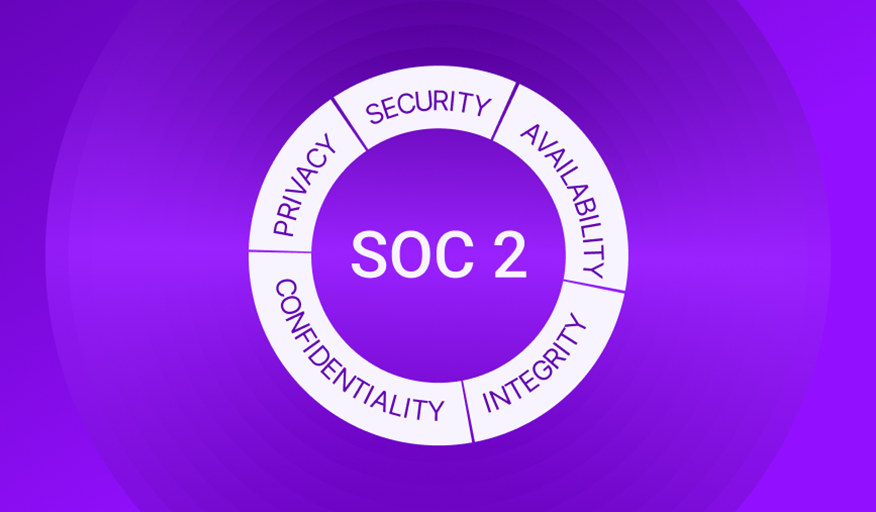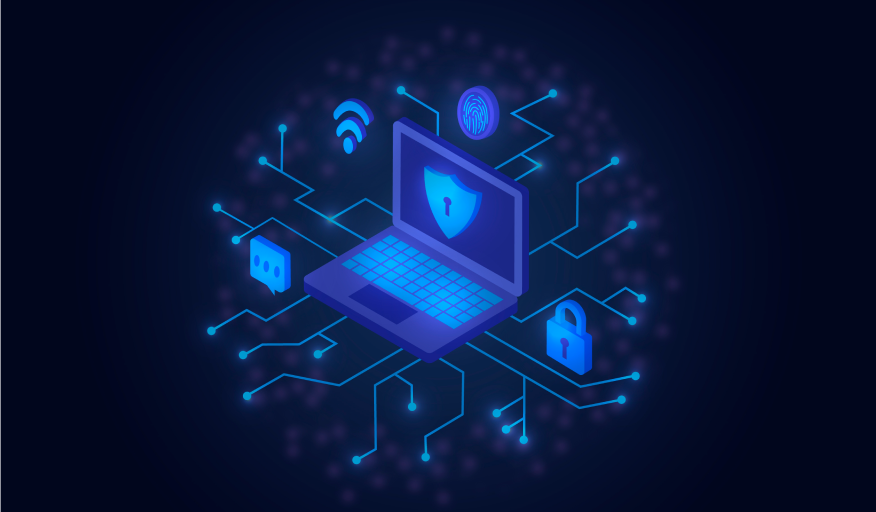The most time-consuming step in the SOC 2 compliance process can vary depending on the size and complexity of an organization’s operations— in addition to its current security posture management. Here is a compiled list of steps that we believe are the most time-consuming.
- Assessing current security controls— which involves evaluating the current security policies, procedures, and technical controls in place, which can take a significant amount of time, especially for larger organizations.
- Implementing necessary changes to security controls: After identifying gaps in current security controls, organizations may need to spend a considerable amount of time and resources to implement the necessary changes such as deploying new technical controls, enhancing security policies and procedures, and modifying the infrastructure.
- Documenting security controls and processes: Documentation is a critical aspect of SOC 2 compliance and it requires organizations to provide a comprehensive and easily accessible record of their security controls and processes. This step can take a significant amount of time, especially for organizations that have complex security environments.
- Conducting security testing: Regular security testing, such as security posture and vulnerability assessments and penetration testing are necessary to ensure that the security controls are operating as intended and meeting the SOC 2 standards. This can be a time-consuming process, especially for organizations with large and complex IT environments.
- Maintaining ongoing compliance: SOC 2 compliance is not a one-time event, and organizations must continuously monitor their security controls and processes to ensure they remain compliant with the SOC 2 standards. This ongoing effort can take a significant amount of time and resources.














